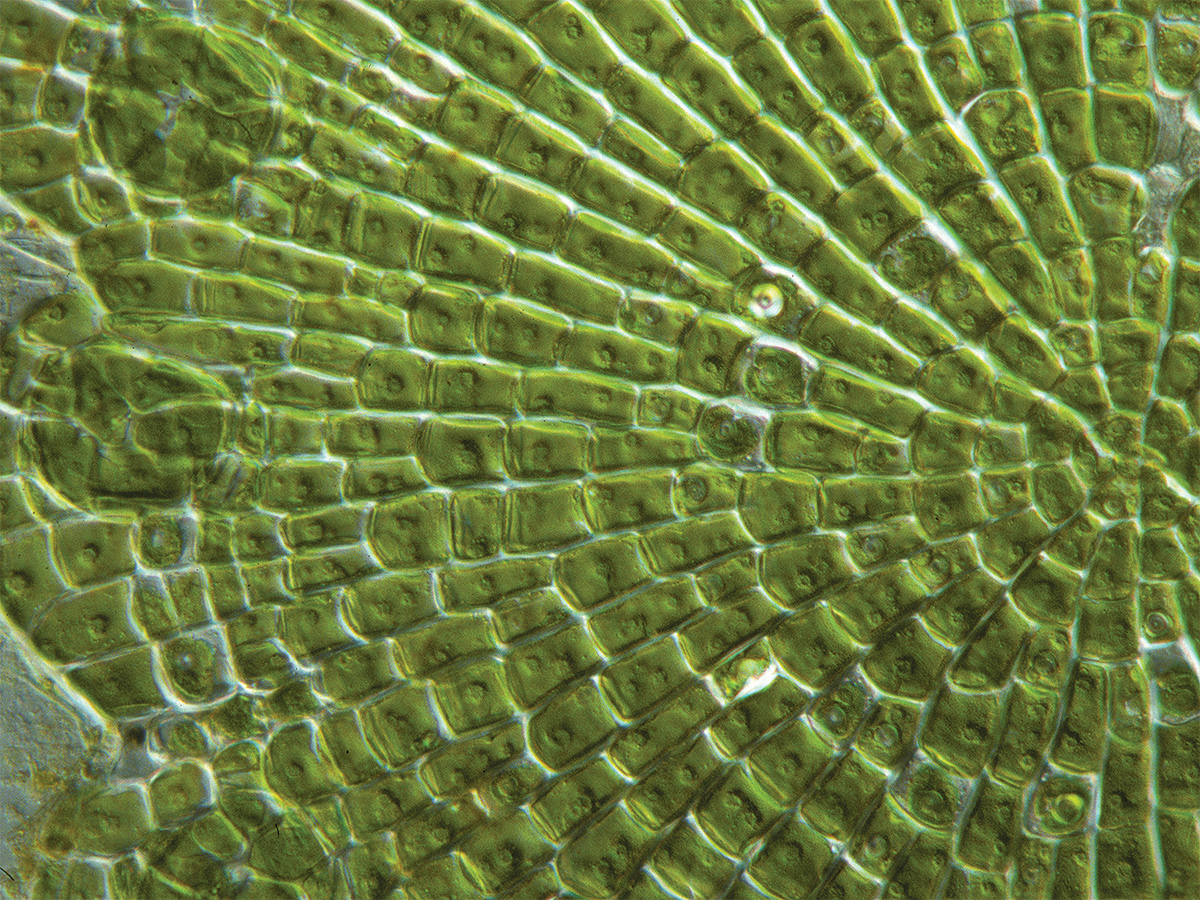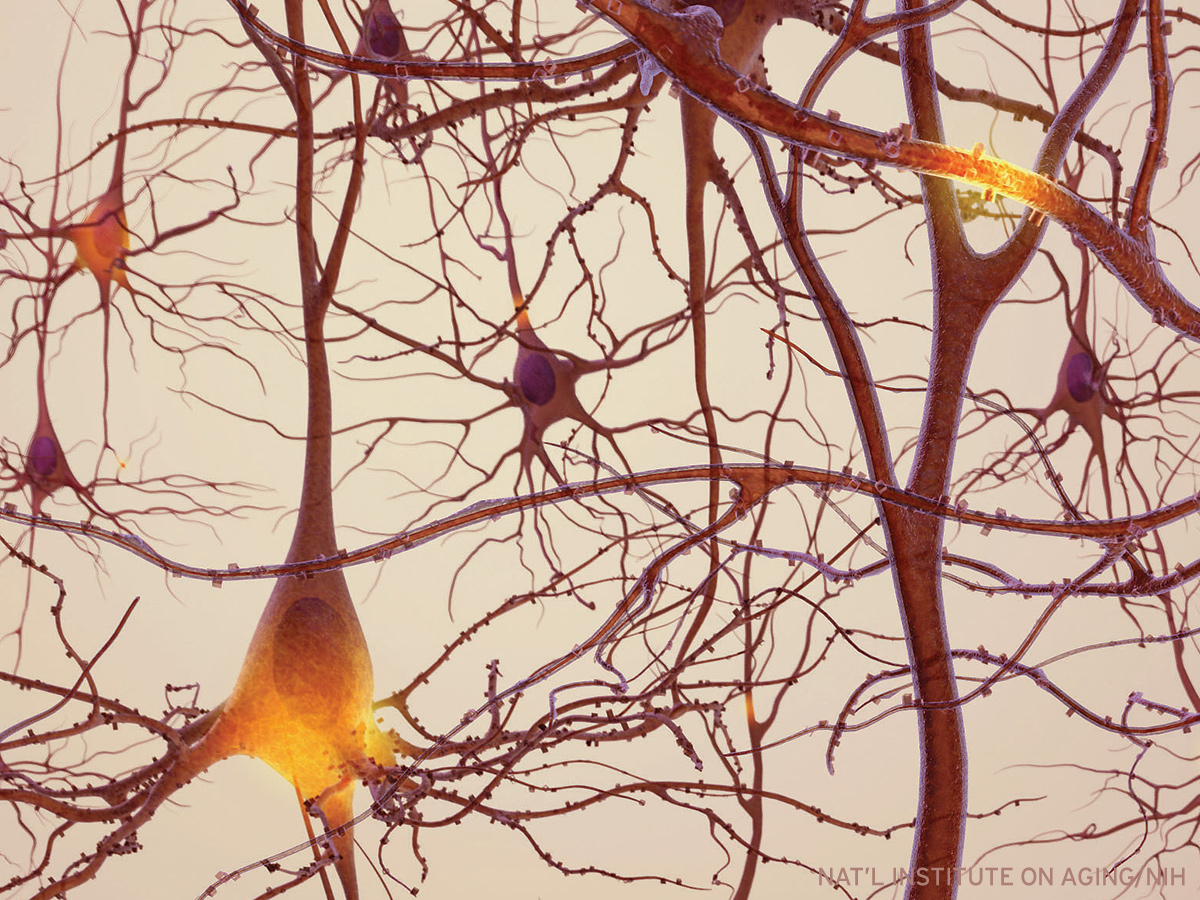Graduate students interested in biology may choose from several interdisciplinary graduate programs. Department of Biology faculty members support, administer and/or advise students in the following graduate programs: Biological Sciences; Neuroscience and Cognitive Science; Marine Estuarine Environmental Sciences; Biophysics; and Applied Mathematics & Statistics, and Scientific Computation. Specific information about applying to these programs is available below and on the individual program websites.
Department of Biology faculty members provide research and training opportunities for students interested in pursuing doctoral-level research in very diverse areas across biology.& Thanks to close partnerships with state and federal research organizations, students gain unparalleled access to local and global resources such as the National Institutes of Health and Smithsonian Institution.
In most cases, our students receive full support through research assistantships, teaching assistantships, and university and external fellowships. Our students also obtain prestigious fellowships from the National Science Foundation, National Institutes of Health and other organizations.
Our graduate students publish first-author papers in top-tier journals such as Nature, Science and PNAS. Then, they go on to successful careers in academics and teaching, government, public policy and industry.
Learn more about the graduate programs below.
Biological Sciences (BISI)
 The Biological Sciences Graduate Program provides research and training opportunities for students interested in pursuing doctoral-level research in very diverse areas across the biological sciences. Faculty mentors help students investigate exciting questions, in directions driven by each student’s interests and curiosity. Faculty research interests span from molecules to ecosystems–and include everything in between. Research approaches extend from the most modern approaches for studying molecules to sophisticated methods for examining global-scale climate change. The program includes four areas of concentration: Behavior, Ecology, Evolution, and Systematics (BEES), Computational Biology, Bioinformatics, and Genomics (CBBG), Molecular and Cellular Biology (MOCB), and Physiological Systems (PSYS).
The Biological Sciences Graduate Program provides research and training opportunities for students interested in pursuing doctoral-level research in very diverse areas across the biological sciences. Faculty mentors help students investigate exciting questions, in directions driven by each student’s interests and curiosity. Faculty research interests span from molecules to ecosystems–and include everything in between. Research approaches extend from the most modern approaches for studying molecules to sophisticated methods for examining global-scale climate change. The program includes four areas of concentration: Behavior, Ecology, Evolution, and Systematics (BEES), Computational Biology, Bioinformatics, and Genomics (CBBG), Molecular and Cellular Biology (MOCB), and Physiological Systems (PSYS).
Learn more about the Biological Sciences Graduate Program.
Neuroscience and Cognitive Science (NACS)
 The Neuroscience and Cognitive Science (NACS) Program strives to educate exceptional scientists whose integrative training will form the basis for significant scientific contributions. This is a research doctoral program designed on an apprenticeship model: students train to become professional scientists by doing independent research and participating in all aspects of the profession under the guidance of a mentor. This program offers cutting-edge interdisciplinary graduate training in seven research focus areas: Cellular & Molecular, Cognition & Emotion, Computational Modeling & Theory, Development & Aging, Disorders & Treatment, Language & Speech, and Sensory & Motor Systems.
The Neuroscience and Cognitive Science (NACS) Program strives to educate exceptional scientists whose integrative training will form the basis for significant scientific contributions. This is a research doctoral program designed on an apprenticeship model: students train to become professional scientists by doing independent research and participating in all aspects of the profession under the guidance of a mentor. This program offers cutting-edge interdisciplinary graduate training in seven research focus areas: Cellular & Molecular, Cognition & Emotion, Computational Modeling & Theory, Development & Aging, Disorders & Treatment, Language & Speech, and Sensory & Motor Systems.
Learn more about the Neuroscience and Cognitive Science Program.
Marine Estuarine Environmental Sciences (MEES)
 Marine Estuarine Environmental Sciences is a unique graduate program that trains students to engage in scientific discovery, integration, and application to generate new knowledge and to solve environmental problems. The program spans the environmental sciences as a whole, irrespective of habitat. Student interests are diverse, but generally center on some aspect of the interaction between biological, physical and/or chemical systems in the environment. Student research ranges from studies of molecular mechanisms to fisheries ecology, chemical pollutants, or economic assessments of environmental impacts.
Marine Estuarine Environmental Sciences is a unique graduate program that trains students to engage in scientific discovery, integration, and application to generate new knowledge and to solve environmental problems. The program spans the environmental sciences as a whole, irrespective of habitat. Student interests are diverse, but generally center on some aspect of the interaction between biological, physical and/or chemical systems in the environment. Student research ranges from studies of molecular mechanisms to fisheries ecology, chemical pollutants, or economic assessments of environmental impacts.
Learn more about the Marine Estuarine Environmental Sciences program.
Biophysics (BIPH)
 Biophysics trains graduate students to use theoretical and computational methods in combination with cutting-edge experimental techniques to solve some of the outstanding problems in biology, biomedicine and bioengineering. Research areas include computational biology and complex networks, molecular simulations, cell mechanics and motility, biological machines and molecular motors, protein and RNA folding, experimental and computational neuroscience, membrane biophysics, machine learning in biology, statistical thermodynamics, mechanobiology, cellular dynamics in immune signaling, and cancer.
Biophysics trains graduate students to use theoretical and computational methods in combination with cutting-edge experimental techniques to solve some of the outstanding problems in biology, biomedicine and bioengineering. Research areas include computational biology and complex networks, molecular simulations, cell mechanics and motility, biological machines and molecular motors, protein and RNA folding, experimental and computational neuroscience, membrane biophysics, machine learning in biology, statistical thermodynamics, mechanobiology, cellular dynamics in immune signaling, and cancer.
Learn more about the Biophysics program.
Applied Mathematics & Statistics, and Scientific Computation (AMSC)
 Applied Mathematics & Statistics, and Scientific Computation promotes training in interdisciplinary research. The program allows students great flexibility in pursuing their diverse research interests. Through the Applied Mathematics concentration, students combine a firm foundation in mathematics with advanced study and research in an area of application. The Applied Statistics concentration emphasizes the acquisition of advanced training in the area of statistical application along with statistical topics and the development of mathematical and computing skills necessary for the modern applied statistician. The Scientific Computation concentration emphasizes computation and its use in the physical sciences, life sciences, engineering, business, and social science.
Applied Mathematics & Statistics, and Scientific Computation promotes training in interdisciplinary research. The program allows students great flexibility in pursuing their diverse research interests. Through the Applied Mathematics concentration, students combine a firm foundation in mathematics with advanced study and research in an area of application. The Applied Statistics concentration emphasizes the acquisition of advanced training in the area of statistical application along with statistical topics and the development of mathematical and computing skills necessary for the modern applied statistician. The Scientific Computation concentration emphasizes computation and its use in the physical sciences, life sciences, engineering, business, and social science.
Learn more about the Applied Mathematics & Statistics, and Scientific Computation program.


